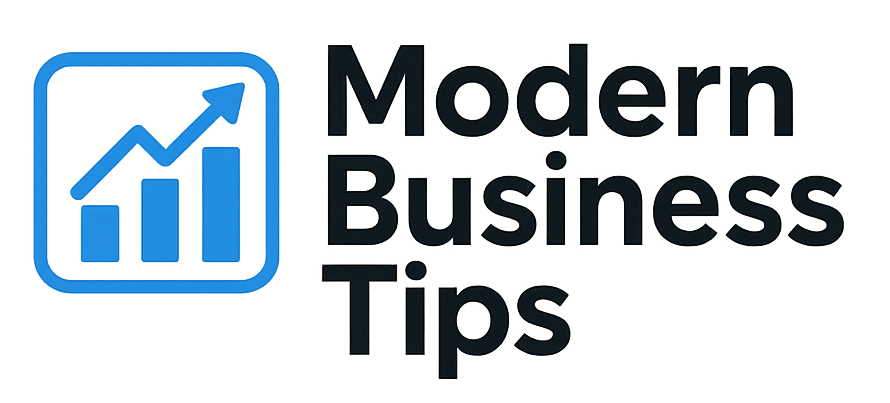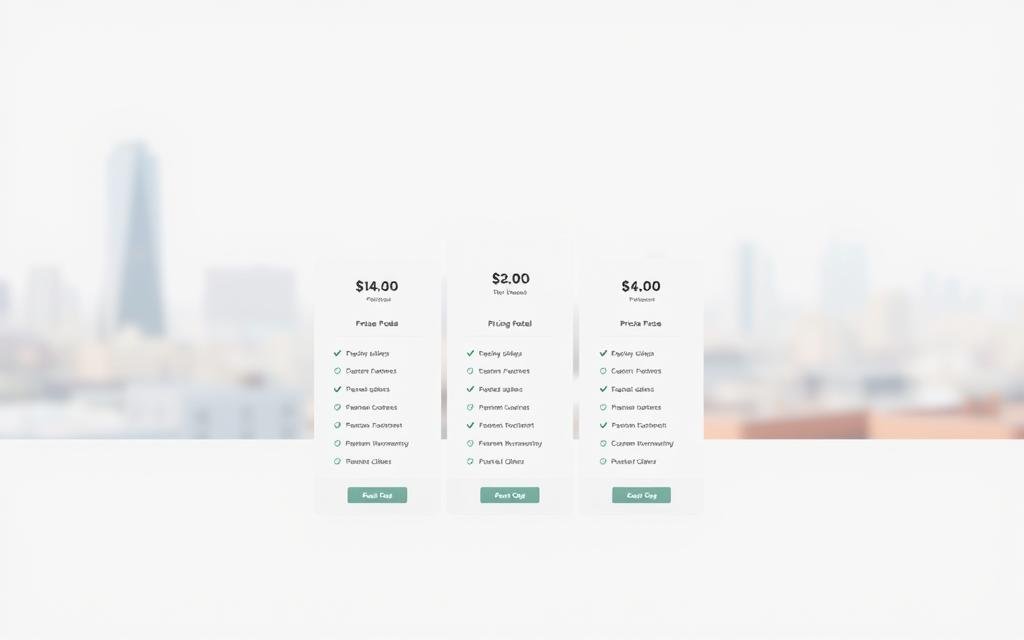How many SaaS founders really get how much their pricing affects their success? Many don’t focus enough on pricing, instead, they spend more time on product features and getting new users. This oversight can make it hard to grow, hire the right people, and stay competitive.
It’s surprising that SaaS leaders spend less time on pricing than on things like office supplies. This shows how important it is to understand your pricing strategy fully. Are you ready to make the most of your pricing strategies for your software as a service?
As we explore SaaS pricing, we’ll see that the right pricing model is key. It can help your business stand out and grow in a competitive market. It’s also essential for long-term success and profit.
Key Takeaways
- Understanding the critical role of pricing in SaaS business success.
- Recognizing common misconceptions that can misguide pricing strategies.
- Identifying various types of SaaS pricing models to consider.
- Emphasizing market research as a framework for effective pricing.
- Exploring value-based pricing as a strategy for maximizing customer satisfaction.
- Understanding the balance between customer acquisition costs and retention in pricing decisions.
Understanding SaaS Pricing Models
SaaS pricing models show how businesses charge for their software. They are key to making money. Knowing the different pricing strategies can help in selling more and making customers happier. A good pricing plan attracts customers and can increase earnings over time.
What is a SaaS Pricing Model?
A SaaS pricing model explains how customers pay for software use. It can change a lot between companies, meeting different needs and goals. Looking at different models like subscription, tiered, or usage-based pricing shows their benefits and challenges. Each one affects how a business makes money.
The Importance of Pricing in SaaS Business
Choosing the right pricing is key to standing out. It shapes how customers see value and affects how many customers you get and keep. Bad pricing can mean lost sales and money. Good pricing helps grow the business in the long run. So, it’s important to pick the best pricing model for your business goals.
| Pricing Model | Description | Advantages | Challenges |
|---|---|---|---|
| Subscription-Based | Users pay a recurring fee for ongoing access. | Predictable revenue, customer loyalty. | Churn rates can impact revenue. |
| Pay-As-You-Go | Customers are charged based on usage. | Flexible for users, lower risk for customers. | Revenue can be unpredictable. |
| Tiered Pricing | Different packages offer varying features and prices. | Appeals to a broad customer base. | Complexity in managing multiple tiers. |
| Freemium | Basic features offered for free, with paid upgrades available. | Attracts large user base, potentially upsell. | Converting free users to paying customers can be hard. |
Common Misconceptions About SaaS Pricing
In the world of Software as a Service (SaaS), many myths can slow down growth and pricing success. It’s key to know these myths to improve pricing and stay ahead in the market. Two big myths are about thinking low prices always attract customers and that more features mean more value.
Thinking Low Prices Attract Customers
Many believe that low prices will always attract customers. But, a lower price doesn’t always mean long-term loyalty. Customers might think lower prices mean lower quality or unclear value.
Studies show that keeping prices competitive yet fair is important. It helps businesses stand out without losing value in the eyes of customers.
Believing More Features Equal Higher Value
Another myth is that adding more features always increases customer value. This can lead to too many features, overwhelming users instead of making them happier. Customers really care about features that solve their specific problems.
It’s important to focus on the core features that offer real solutions. Finding the right balance means creating a product that truly meets user needs.
Types of SaaS Pricing Models
It’s key for founders to know about SaaS pricing models. Each model meets different customer needs, with its own pros and cons. I’ll look at some popular ones, showing how they fit into the bigger picture of SaaS pricing.
Subscription-Based Pricing
Subscription-based pricing is a big hit in SaaS. Customers pay a fee, usually monthly or yearly, to use the software. This model helps companies predict their income, which is great for planning.
It’s also good because it keeps users coming back for updates and support.
Pay-As-You-Go Models
Pay-as-you-go models let customers only pay for what they use. This is great for businesses with changing needs. It avoids the problem of paying too much for something not used.
Users only pay when they use certain features, making it a smart choice for many.
Tiered Pricing Structures
Tiered pricing offers different levels of service at various prices. Each level has specific features for different customers. This way, customers feel they get what they need.
Knowing about these tiers helps businesses find their place in the market.
Freemium vs. Premium Pricing
The freemium model gives a basic version for free but charges for more features. It draws in lots of users, who might then pay for more. Premium pricing, on the other hand, is for those who want extra features and are willing to pay more.
Using both models can help SaaS founders reach more people and make more money.
The Role of Market Research in Pricing
Market research is key to creating a good pricing strategy for SaaS companies. It helps me understand the market better. This way, I can position my product well in the competitive space.
Looking at what competitors charge is important. It shows me where my product can shine and offer something unique to customers.
Analyzing Competitor Pricing Strategies
Studying competitors gives me insights into pricing models. This helps me compare different pricing strategies. It shows me how to match or beat the value others offer.
This analysis helps me see market trends and what customers expect. It guides me in pricing my service to meet or exceed customer expectations.
Understanding Your Target Audience
Knowing my target audience well is also vital. It helps me set prices that they are willing to pay. This ensures my pricing meets their needs and values.
This understanding boosts the chances of my SaaS product being adopted. It makes sure my pricing is aligned with what customers want.
Value-Based Pricing in SaaS
In SaaS, using a value-based pricing strategy changes how customers see your product. It’s about knowing what your users value most. This method looks at the value customers see in your product, not just your costs.
How to Define Value for Your Customers
To figure out value, find out what matters most to your audience. Do they care about how well it works, the return on investment, or the results? You can learn this by talking to your customers or doing surveys.
This info helps you set prices that match what customers expect. It makes sure your pricing is fair and reflects the value they get.
Using Customer Feedback for Pricing Decisions
Customer feedback is key to a good SaaS pricing strategy. By listening to what customers say, you can see if your prices are right. You can get feedback from many places, like customer support, reviews, or surveys.
Talking to users about their experiences can give you great insights. If they feel they get a lot of value, you can charge more without losing customers.
| Feedback Source | Value Identified | Action Taken |
|---|---|---|
| Customer Surveys | Speed of service | Improved response times |
| Product Reviews | User interface ease | Redesigned UI elements |
| Support Interactions | Feature requests | Prioritized development based on common requests |
The Impact of Customer Acquisition Costs
The link between customer acquisition costs (CAC) and SaaS pricing is key for staying profitable. Knowing this helps businesses set prices that match their costs. Finding a balance is vital for keeping customers for the long haul.
Balancing Acquisition Costs with Pricing Strategies
When setting SaaS prices, think about how costs affect profits. If costs are high but prices don’t show it, companies might face trouble. High costs for getting customers must be covered by pricing that brings in returns over time.
The Importance of Retention in Pricing
Keeping customers is a big part of SaaS pricing. A lot of effort goes into getting customers, but if they leave fast, it’s a waste. A pricing plan that shows value and keeps customers loyal is essential. Happy customers who see the worth in their subscription are more likely to stay, boosting the pricing strategy.
| Pricing Strategy | Customer Acquisition Cost | Retention Rate |
|---|---|---|
| Freemium | Low | Moderate |
| Tiered | Medium | High |
| Pay-As-You-Go | High | Variable |
By looking at customer acquisition costs and SaaS pricing together, I can build a strong plan. This plan attracts customers and keeps them engaged for the long term.
Experimentation with Pricing Strategies
In the world of software-as-a-service (SaaS), trying out different pricing strategies is key. A/B testing is a great way to see how different prices work. It helps me understand what customers like and don’t like.
By testing different prices, I can find out which one works best. I can also make my pricing strategy better based on real data.
A/B Testing for Pricing Models
A/B testing means I split my audience into groups. Each group gets a different price. This helps me see how customers react to different prices.
For example, I might test a subscription model against a pay-as-you-go model. The data shows me which price people prefer. This helps me make better choices for my pricing.
Evaluating the Results of Pricing Experiments
After A/B testing, it’s important to look at the results. I check things like how many people sign up, how much it costs to get them, and how many leave. These numbers tell me if my pricing is working.
By looking at these numbers, I can make my pricing better. This keeps my business flexible and ready to change with the market and what customers want.
Adjusting Pricing as You Scale
Scaling a SaaS business means looking at your pricing again. As the market changes and your company grows, it’s key to know when to change your pricing. Paying attention to certain signs can help make this decision.
Signs It’s Time to Revisit Your Pricing Model
- Declining sales performance despite a growing user base
- Customer feedback indicating perceived value misalignment
- Increased competition leading to pressure on pricing
- Changes in market demand requiring flexibility
Best Practices for Adjusting Prices
Changing your pricing model should be done carefully. Follow these steps to make the process smooth and successful:
- Do a deep dive into your current pricing data and how customers behave.
- Talk to your customers to understand their likes and what they think is valuable.
- Try out new pricing with a small group to see how they react.
- Be open with your customers about why you’re changing prices and what they’ll get.
| Pricing Adjustment Indicator | Recommended Action |
|---|---|
| Sales Growth Plateaus | Analyze competition and customer feedback. |
| High Churn Rates | Reassess value propositions and pricing tiers. |
| Frequent Customer Complaints | Solicit detailed feedback and adjust based on insights. |
| Emerging Market Trends | Stay updated and be flexible with pricing strategies. |
Changing your pricing as you grow is vital for success. A strategic approach to these changes can make customers happier and help your business keep growing.
Communicating Pricing Changes to Customers
When I think about telling customers about changes in my saas pricing plans, I know it’s key to keep them loyal. Being open about pricing changes builds trust. Giving them a heads-up lets them get ready for what’s coming.
It’s important to explain why these changes are needed. Also, how they will make things better for users.
Best Strategies for Announcing Price Changes
- Send personalized emails to all affected customers detailing the changes.
- Outline the reasons for the adjustment, focusing on improvements and added value.
- Utilize a dedicated section on your website to address FAQs related to pricing changes.
Addressing Customer Concerns Effectively
In talks with customers about the new pricing, I stress the value they get. I point out any new features that come with the changes. It’s also key to listen to what they say.
This lets me tackle their worries and doubts. It helps start a conversation that might ease their concerns about the price hike.
The Future of SaaS Pricing Models
The world of SaaS pricing is changing fast. I see big shifts because of how people act and new tech. Companies are fighting for our attention, leading to new trends in SaaS pricing. Keeping up with these trends helps me adjust my strategy.
Trends to Watch in SaaS Pricing
- Usage-Based Pricing: This means paying for what you use. It makes costs match the value you get.
- Bundled Offerings: Putting services together in one deal can make things clearer and easier to buy.
- Personalized Pricing: Using AI to set prices for each customer can lead to more sales.
- Transparent Pricing: Being open about prices builds trust and makes decisions easier.
Predicting Changes in Customer Expectations
Looking ahead, customer needs are key. Today, people want flexibility, clear prices, and good value. Companies need to update their pricing to meet these new demands. Listening to what customers say will help shape prices and new features, making sure they meet what customers really want.
| Trend | Description | Impact on SaaS Companies |
|---|---|---|
| Usage-Based Pricing | Charges tied to usage levels | Attracts cost-conscious customers |
| Bundled Offerings | Combined services for one price | Increases perceived value |
| Personalized Pricing | AI-driven custom pricing | Enhances customer engagement |
| Transparent Pricing | Clear pricing structures without hidden fees | Builds trust and loyalty |
Learning from Successful SaaS Companies
Looking at successful SaaS companies can teach us a lot about pricing. Each story shows new ways to tackle pricing problems. It shows how leaders keep up with changing customer needs and the market.
Case Studies of Effective Pricing Strategies
Some companies have found special pricing plans that fit their customers and the market. Here are a few examples:
- Salesforce: They use tiered pricing for different business sizes. This helps them reach more customers and make more money.
- Slack: Their free version lets users try it out before paying. This helps them get more customers.
- Zoom: They offer a pay-as-you-go option for webinars. This attracts a wide range of users and keeps pricing flexible.
Key Takeaways from Industry Leaders
Here are important lessons from leaders in SaaS pricing:
- Using different pricing models can help reach more customers.
- It’s important to check and change pricing based on what customers say.
- Being clear about the value helps customers feel like they’re getting a fair deal.
Conclusion: Making Informed Pricing Decisions
When it comes to SaaS pricing models, founders need to understand many factors. They should avoid common mistakes like thinking cheaper prices always attract more customers. Also, having too many features doesn’t always mean more value.
It’s also key to do deep market research and listen to customer feedback. This helps in making better pricing decisions and meeting customer needs. By regularly checking and adjusting their pricing, founders can keep up with changing market trends.
For sustainable growth and profit, founders must make smart pricing choices. I urge all founders to keep checking and improving their pricing strategies. This is essential for matching their business goals with market needs, leading to lasting success.



